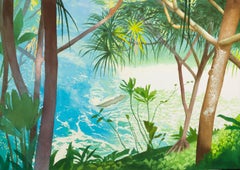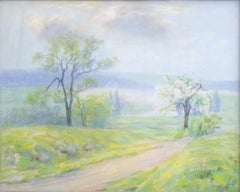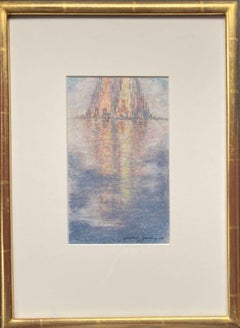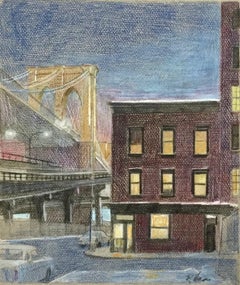![Leon Dolice, [Manhattan Skyline II], c. 1930](https://a.1stdibscdn.com/archivesE/upload/a_3973/1484259954390/BB1246_05_2__master.jpg?width=240)
Leon Dolice, [Manhattan Skyline II], c. 1930
View Similar Items
Want more images or videos?
Request additional images or videos from the seller
1 of 5
Leon DoliceLeon Dolice, [Manhattan Skyline II], c. 1930circa 1930
circa 1930
About the Item
- Creator:Leon Dolice (1892 - 1960, American, Austrian)
- Creation Year:circa 1930
- Dimensions:Height: 19.125 in (48.58 cm)Width: 12 in (30.48 cm)
- Medium:
- Movement & Style:
- Period:
- Condition:
- Gallery Location:Boston, MA
- Reference Number:1stDibs: LU39731491883
About the Seller
5.0
Vetted Seller
These experienced sellers undergo a comprehensive evaluation by our team of in-house experts.
Established in 1937
1stDibs seller since 2016
37 sales on 1stDibs
More From This SellerView All
- Garden Estombar, Algarve, PortugalBy Jason BergerLocated in Boston, MATitled lower center: "Garden of Estombar, Algarve, Portugal"; signed and dated lower right: "Jason Berger 1988". From the estate of the artist.Category
1980s American Modern Landscape Drawings and Watercolors
MaterialsWatercolor
- [Snow-Covered Alps]By William Partridge BurpeeLocated in Boston, MASigned lower left: 'W.P. Burpee'. From the estate of the artist. Estate stamp verso. Back bears pastel board preparer's stamp of 'W. Devoe Co. / New York'. In fine condition. This piece might have been shown February 28 -- March 12, 1910, at the Boston Society of Watercolor Painters 21st annual exhibition in the gallery of Charles Cobb, as #10 'Gold and Rose on Mt.Blanc' See: 'William Partridge Burpee, American Marine Impressionist' by D.Roger Howlett,1991, Copley Square...Category
Early 20th Century Impressionist Landscape Drawings and Watercolors
MaterialsPastel
- Manoa Rainforest XXXII: Hala and Wave 2By Ben NorrisLocated in Boston, MABen Norris’ vibrant landscapes teem with creeping vines, tropical flowers, and encroaching vegetation. His watercolors and paintings of tranquil gardens and lush rainforests transpor...Category
Early 2000s Realist Landscape Drawings and Watercolors
MaterialsWatercolor
- Garden with FountainBy Florence Vincent RobinsonLocated in Boston, MAFlorence Vincent Robinson, American (1874-1937), Garden with Fountain. Born in the Boston area in 1874, Florence Robinson was known for her vibrant watercolors depicting people, landscapes, and cities. The artist settled in Paris around 1890 and studied with Pierre Vignal, Henri Harpignies, Dagnan Bouveret, and James Abbott McNeil Whistler...Category
Early 1900s American Impressionist Landscape Drawings and Watercolors
MaterialsWatercolor
- Brooklyn Botanical Garden No. 2: Greenhouse IIBy Ben NorrisLocated in Boston, MASigned and dated lower right: "(c) Norris '91". From the Estate of the Artist.Category
Early 2000s Photorealist Landscape Drawings and Watercolors
MaterialsWatercolor
- [River Landscape]Located in Boston, MASigned lower right: "A. Lebourg".Category
Early 20th Century Impressionist Landscape Drawings and Watercolors
MaterialsWatercolor
You May Also Like
- Beautiful large impressionist pastel by Francesco SpicuzzaBy Francesco SpicuzzaLocated in Larchmont, NYFrancesco Spicuzza (American, 1883-1962) Untitled Landscape, 20th century Pastel on paper Sight size: 24 x 30 in. Framed: 26 1/4 x 32 3/8 in. Signed lower right: Spicuzza Italian-born Francesco Spicuzza was primarily a Wisconsin painter who did portraits, still-lives and local landscapes. He spent the first part of his life in near-poverty to become a painter. An eternal optimist, in 1917, the artist reported: "I am happy and my only ambition now is to paint better and better until I shall have reached the measure of the best of which I am capable." (Spicuzza, 1917, p. 22). His predilection for beach scenes germinated early: reportedly, the five-year-old boy first drew the outlines of his father's fishing boat in the sand on the seashore near their home in Sicily. After setting himself up as a fruit peddler in Milwaukee, Spicuzza's father sent for his family when Francesco was eight years old. For the following six years the boy was unable to attend school because of his job in his father's fruit and vegetable business. The poor lad suffered a caved-in shoulder from carrying a heavy wooden crate. The young Spicuzza was aided by moral and financial support from a sympathetic Milwaukee businessman named John Cramer, publisher and editor of the Evening Wisconsin, who raised Spicuzza's salary as a newspaper assembler so that he could attend school. In 1899 or 1900, Spicuzza began studying drawing and anatomy under Robert Schade (1861-1912), a painter of panoramas who had been trained in Munich under Carl Theodor von Piloty. Spicuzza was also taught by Alexander Mueller (1872-1935), a product of the Weimar and Munich academies. Mueller realized Spicuzza was a colorist and encouraged that orientation (Madle, 1961). Spicuzza found it beneficial to accept an apprenticeship in a lithographic studio for $8 a week, which demanded most of his time. During the St. Louis Universal Exposition in 1904, still a struggling student, Spicuzza attended the fair, thanks to Cramer. It was not long before Spicuzza received a twenty-five dollar portrait commission, and this inaugural success led to new commissions and allowed him to continue as a painter. The earliest influences in his work appear to be from Edward H. Potthast and Maurice Prendergast, though Spicuzza never mentioned either artist. Already in August 1910, Spicuzza was described in a newspaper as "one of the most talented of Milwaukee's rising workers." He undoubtedly received lasting inspiration from his one summer study period in 1911 with John F. Carlson at the Art Students League's Summer School in Woodstock, New York. Certainly Spicuzza would have picked up spontaneity in handling the brush from Carlson. Although he executed numerous still-lives and an occasional religious work, Spicuzza is best known for his Milwaukee beach scenes populated with frolicking bathers in multi-colored attire, not unlike the images of Potthast, who used a similar technique. Many of these are small, preparatory works on canvas board executed between 1910 and 1915. Frequently with even greater animation than Potthast, Spicuzza produced moving images of youthful energy and uninhibited child's play. These beach genre scenes reflect the attitude of American impressionists who depicted the more pleasant side of life. Spicuzza manipulated a successful balance of rich pigment applied in varying degrees of impasto texture with subtle nuances of hue. Working all'aperto, he sought "the soft enticing shades of yellow, blue, green, pink and lavender . . . to get the effects of bright glistening summer air." (L.E.S., n.d.). As a painter whose color not only derived from direct observation but also from a personal theory of color symbolism, Spicuzza traded the linear approach of lithography for dynamic patches of brilliant color. Like Prendergast, he would often tilt the angle of the picture plane to bring the viewer's position above the scene. Spicuzza was unable to enter the 1913 Armory Show or the Panama-Pacific International Exposition two years later but he did submit work to the annual exhibitions of the Pennsylvania Academy of the Fine Arts and those of the Art Institute of Chicago. His first important award was the bronze medal presented by the St. Paul Institute in 1913, which was followed by the silver medal two years later. Before long, Spicuzza had acquired a greater sense of security in his profession and was described by a writer in International Studio (April 1917) as "an independent artist with an assured future. His pastels and water-colours are poetic and joyous bits of nature with a genuine out-of-door feeling." In 1918, his Spirit of Youth, exhibited at the National Academy of Design, sold for $112.50. Four years later, the artist achieved his greatest local recognition by winning the gold medal from the Milwaukee Art Institute. Spicuzza spent a great deal of time painting en plein air and by 1925 he began summering at Big Cedar Lake, near West Bend, Wisconsin to gather his subject matter. Easter Morning (1926) owes something to the Symbolist movement, with its figure of Christ appearing over a seascape. During the difficult era of the Depression, patrons came to Spicuzza's aid and during the 40s, he taught housewives, businessmen and students at the Milwaukee Art Institute, the Milwaukee Art Center, and in his private studio. In the following decade, although his kind of art was no longer popular in the "make-it-or-break-it" New York gallery world, Spicuzza enjoyed regular patronage and sales. His beach scenes became more static and he would experiment with modernist techniques. Spicuzza died at the age of seventy-eight. Sources: L.E.S., "Do Colors Change a Person's disposition? Experiments of a Milwaukee Artist...Category
20th Century American Modern Landscape Drawings and Watercolors
MaterialsPaper, Pastel
- Cityscape Reflections - Study No. 1By Gerald GeerlingsLocated in Storrs, CTCityscape Reflections - Misty Morning. 1980. Lithograph with pastel coloring. Czestochowski 42. Edition 40. 14 x 10 3/16 (sheet 18 x 14). Tape stains in the margins, not affecting th...Category
Late 20th Century American Modern Landscape Drawings and Watercolors
MaterialsPastel
- Richard Haas, (View of the Brooklyn Bridge)By Richard HaasLocated in New York, NYA classic Richard Haas (born 1936) New York City view. Signed in pencil lower right. The fact that it is signed within the image, the drawn-upon area, leads me to think the artist wa...Category
Late 20th Century American Modern Landscape Drawings and Watercolors
MaterialsPastel
- William Jacobs "Urban Scene", original pastel on paperBy William JacobsLocated in Glenview, IL"Urban Scene" by noted Chicago painter William Jacobs (1897 - 1973) is a pastel on paper created in 1970. The artwork is signed in pencil by the artist and...Category
1970s American Modern Landscape Drawings and Watercolors
MaterialsPastel
$132 Sale Price20% Off - William Jacobs "A Stroll in the Park", original pastel on paperBy William JacobsLocated in Glenview, IL"A Stroll in the Park" by noted Chicago painter William Jacobs (1897 - 1973) is a pastel on paper created in 1970. The artwork is signed and dated i...Category
1970s American Modern Landscape Drawings and Watercolors
MaterialsPastel
$132 Sale Price20% Off - William Jacobs "Urban Scene II", original pastel on paperBy William JacobsLocated in Glenview, IL"Urban Scene II" by noted Chicago painter William Jacobs (1897 - 1973) is a pastel on paper created in 1972. The artwork is signed and dated in pencil by t...Category
1970s American Modern Landscape Drawings and Watercolors
MaterialsPastel
$132 Sale Price20% Off



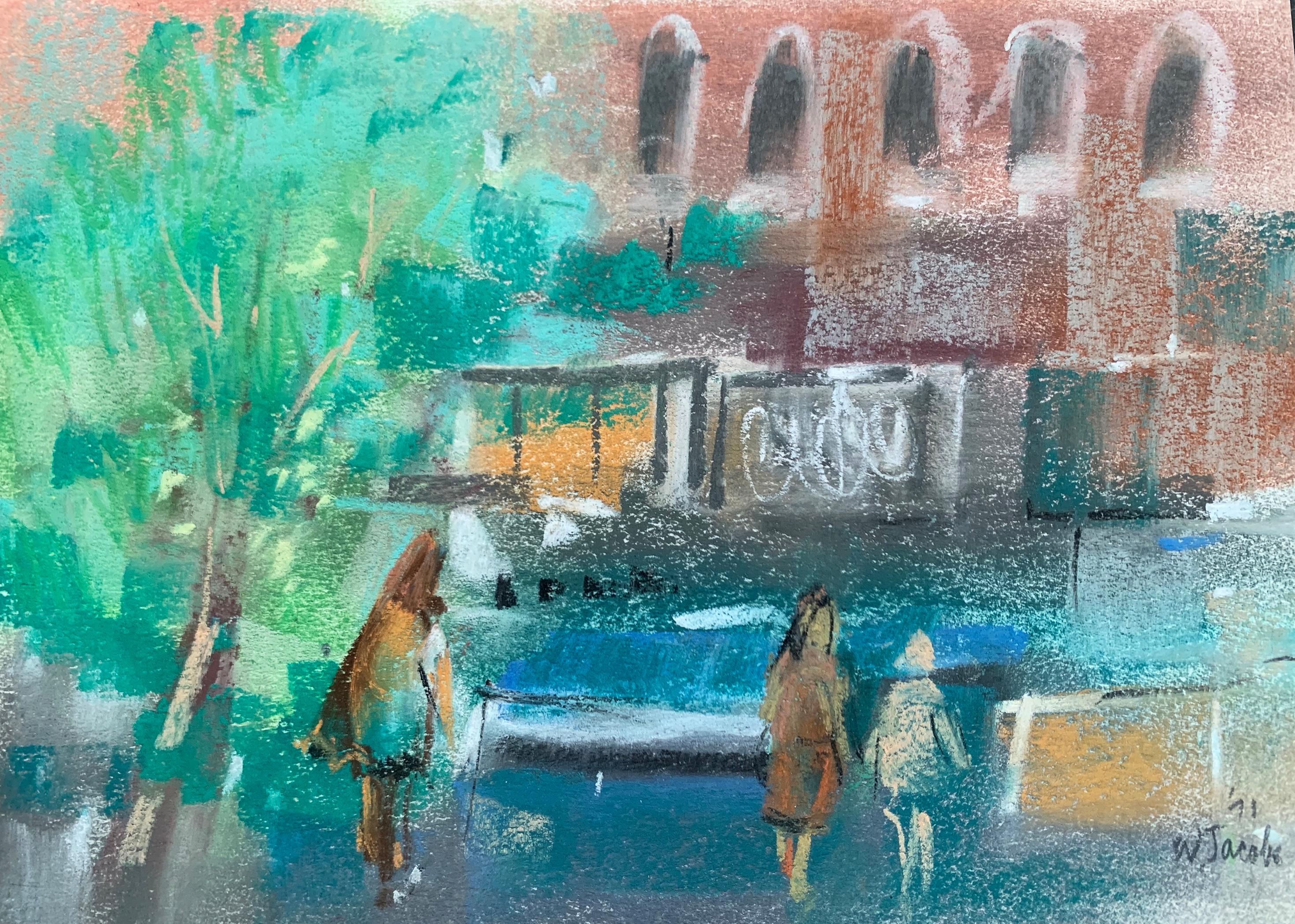
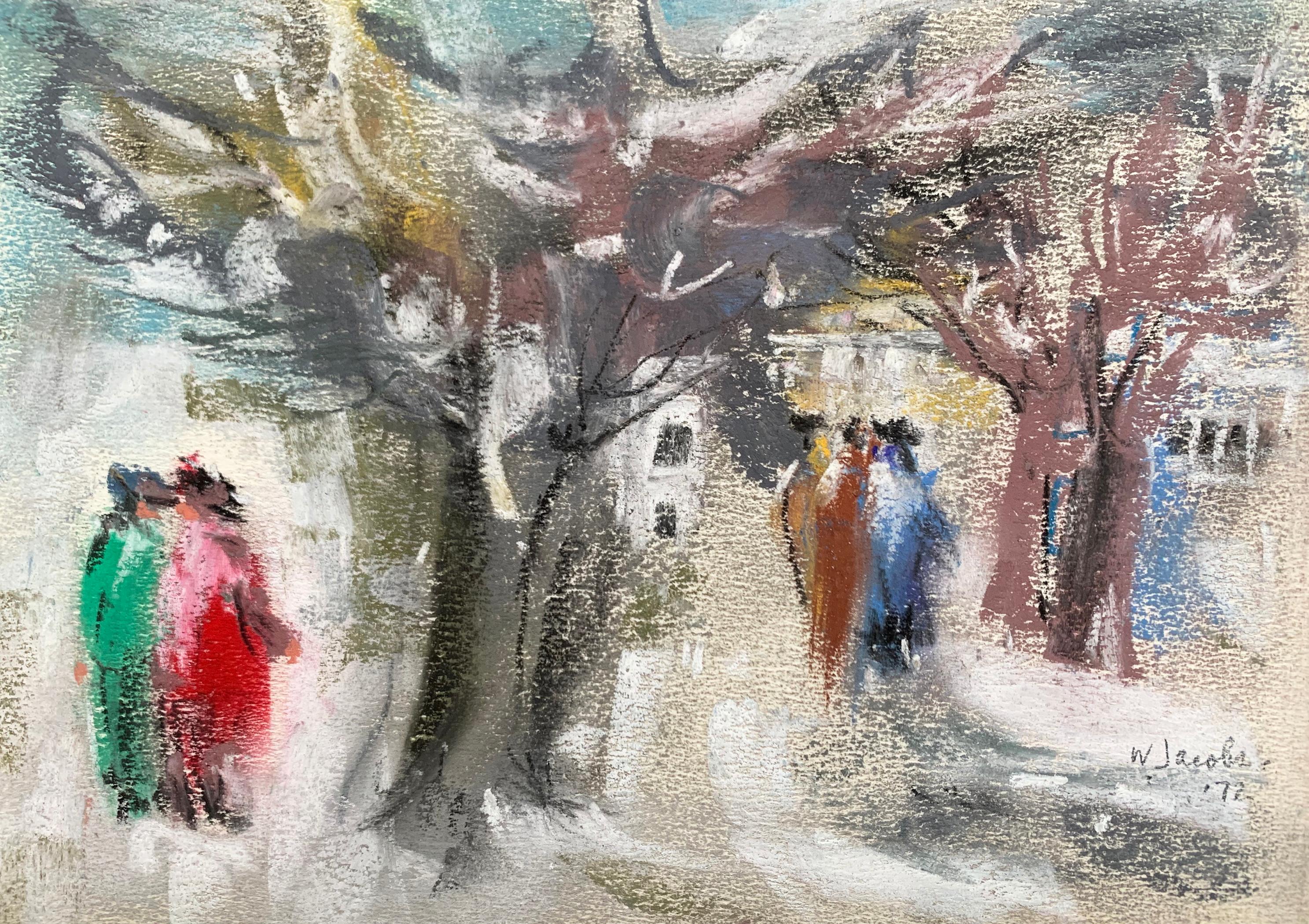


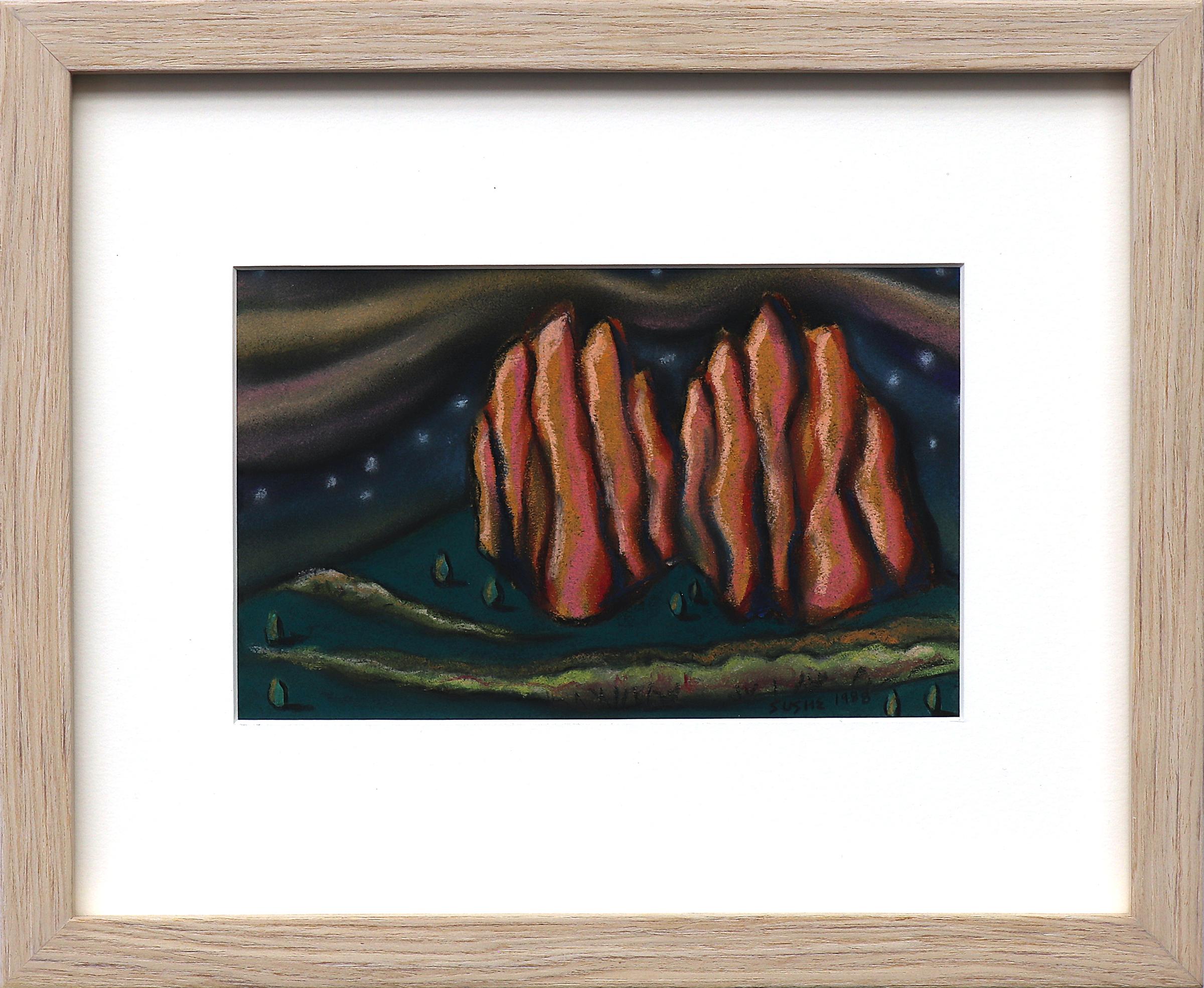

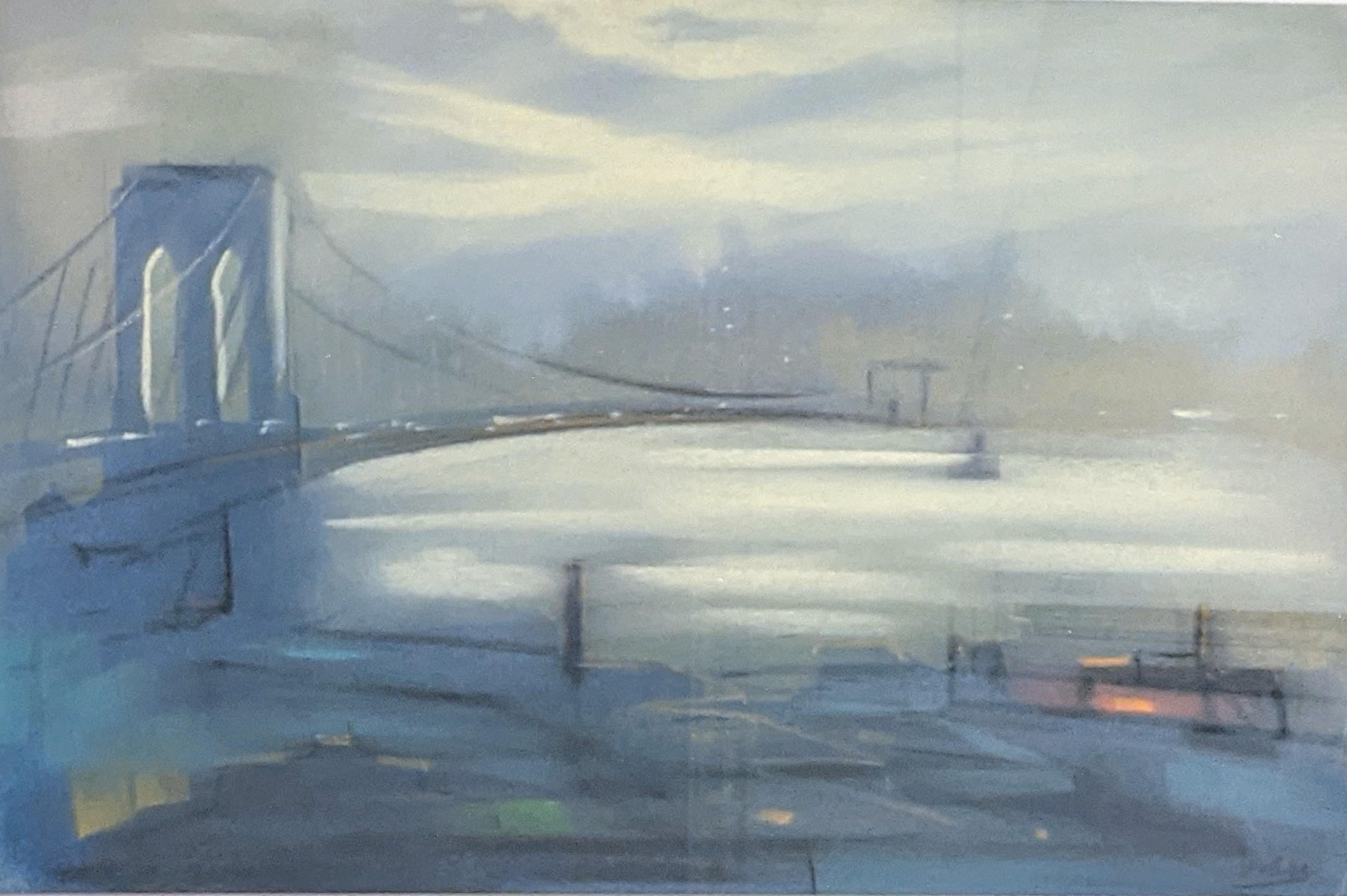
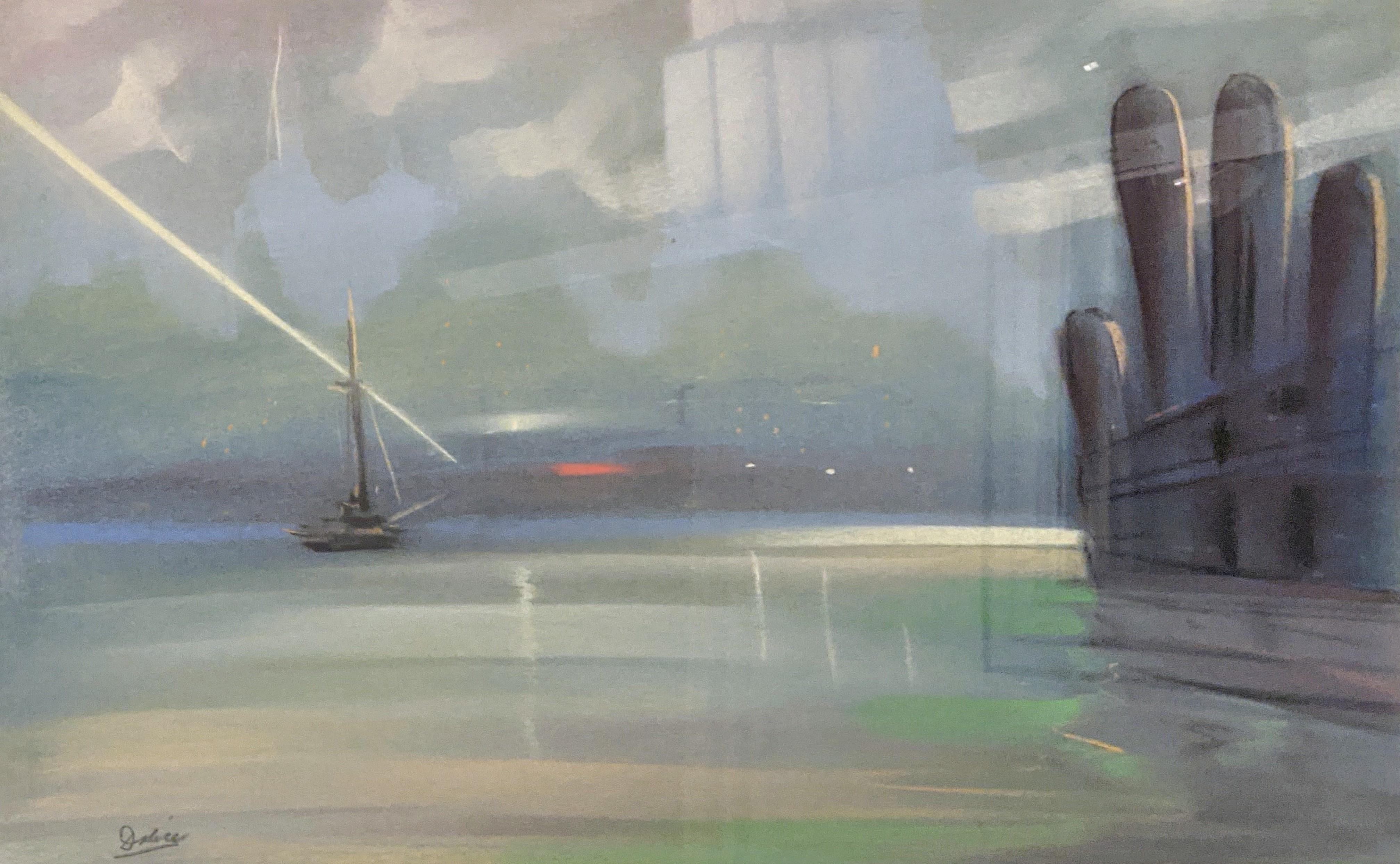

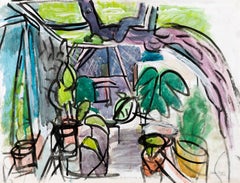
![[Snow-Covered Alps]](https://a.1stdibscdn.com/archivesE/upload/a_3973/1504114789763/02_01_02_1st_dibs_master.jpg?width=240)
